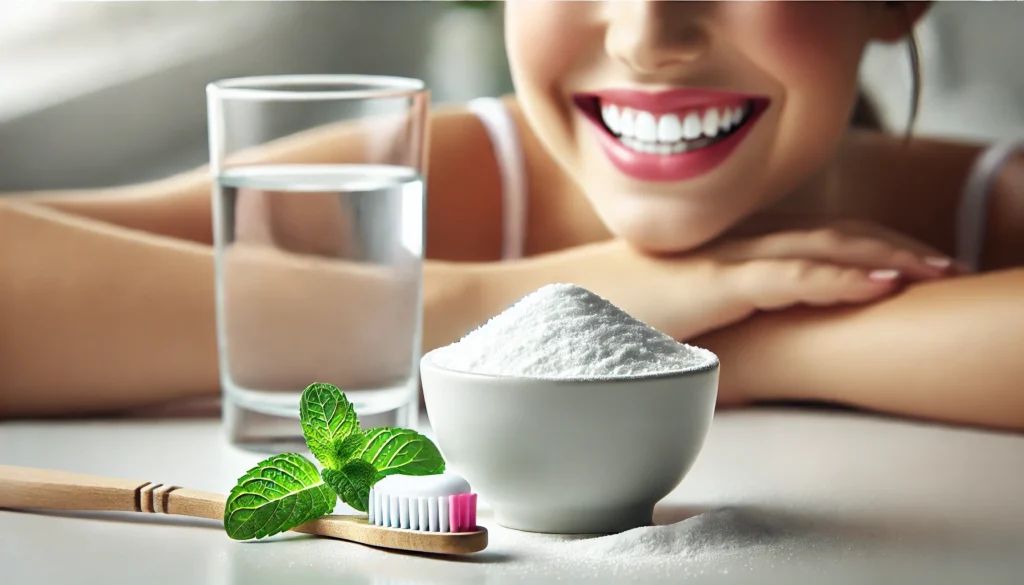
Are you in search of a brighter smile without spending a fortune on costly whitening treatments? Baking soda could be the solution you’ve been looking for.
This everyday kitchen staple is not only useful in cooking but also shows potential for teeth whitening.
Can Baking Soda Whiten Teeth Effectively?
Let’s explore how baking soda works, its possible side effects, and some alternative natural remedies that might enhance your smile.
You can discover safe and effective methods to achieve a dazzling grin!
What is Baking Soda?
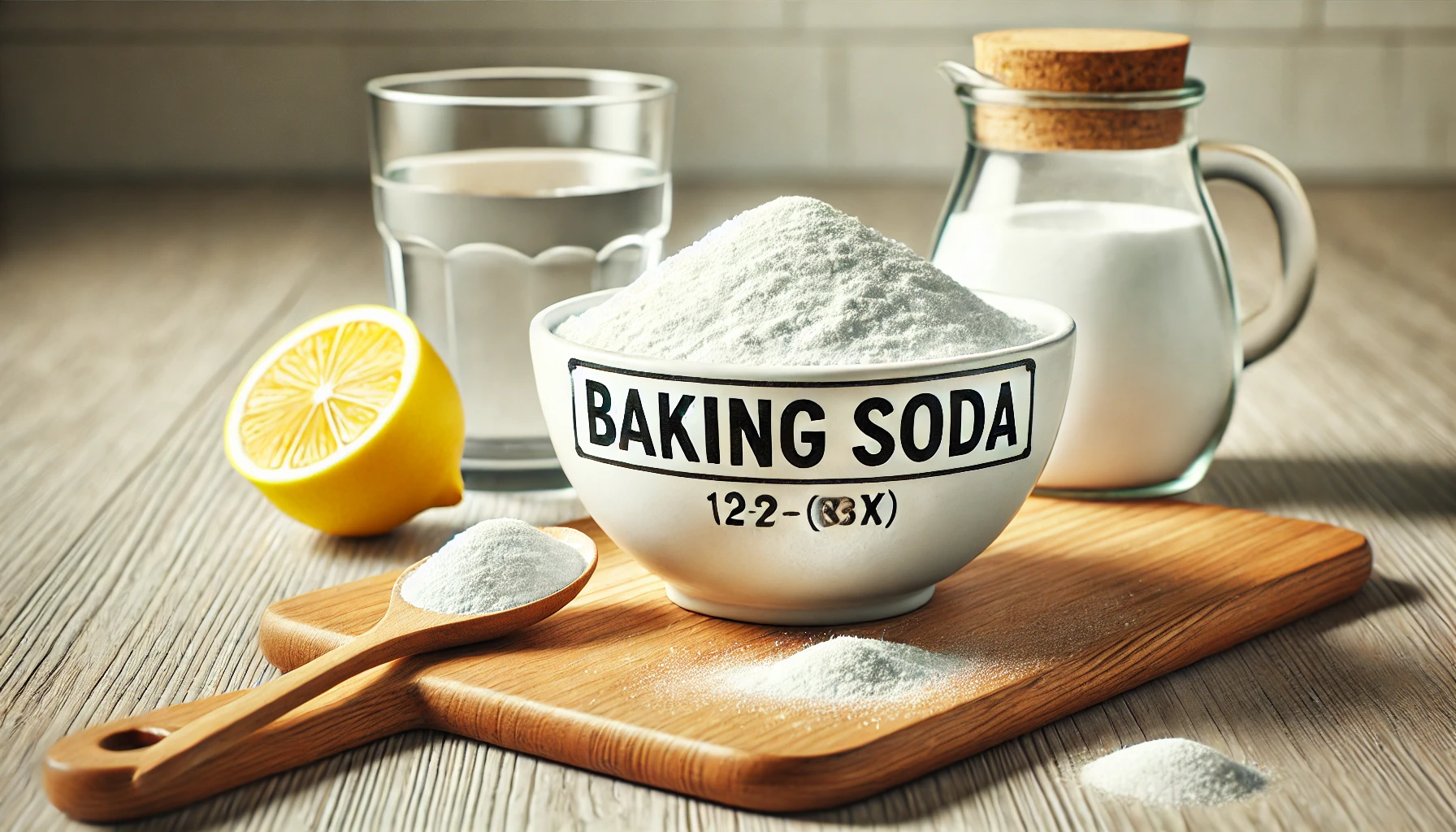
Bicarbonate of soda, scientifically known as sodium bicarbonate, is a versatile compound that many people have in their homes, and it is well-regarded for its numerous applications, particularly in natural remedies for dental health.
Its mild abrasive qualities make it a preferred ingredient in various do-it-yourself treatments aimed at enhancing oral hygiene while effectively addressing tooth stains and discolouration.
Many individuals rely on its efficacy to support their dental care routines and to achieve a brighter smile without needing to turn to commercial whitening products.
How Does Baking Soda Whiten Teeth?
Bicarbonate of soda is frequently regarded as an effective whitening agent for teeth, thanks to its unique chemical properties that allow it to lift surface stains and brighten smiles in a natural way.
It has become a popular choice among home remedies, working by gently exfoliating and neutralising acidity in the mouth. This process helps promote a better pH balance, which is beneficial for overall oral health.
Many individuals consider it a safe alternative to commercial whitening strips and gels, making it an appealing option for those looking to maintain a bright smile.
How Does Baking Soda Remove Stains?
Bicarbonate of soda effectively removes tooth stains primarily due to its mild abrasive nature, which allows it to gently scrape away plaque and surface discolouration without harming the tooth enamel. This gentle scrubbing action can significantly enhance the appearance of teeth, making it a popular choice in various dental care routines.
Additionally, its alkaline properties help neutralise acids produced by oral bacteria, further improving dental hygiene and preventing future staining.
This positions bicarbonate of soda as a viable alternative to harsher whitening products, which often contain chemicals that can erode enamel over time. In contrast, bicarbonate of soda can be easily combined with water or other gentle ingredients, such as hydrogen peroxide, to create a paste that not only whitens the teeth but also promotes overall oral health.
Regular use of this natural remedy may lead to visibly brighter teeth while simultaneously reducing the risk of cavities and gum disease. By incorporating bicarbonate of soda into their dental regimen, individuals can enjoy a safe and cost-effective approach to maintaining their smiles, all while ensuring stronger, healthier teeth.
Does Baking Soda Have Any Side Effects on Teeth?
Bicarbonate of soda is generally regarded as safe for teeth whitening and dental care, but improper usage can lead to enamel wear if it is overused or applied too vigorously.
Some individuals may also experience tooth sensitivity due to the abrasive qualities of bicarbonate of soda when not applied correctly. It is vital to adhere to appropriate application methods and recommended frequency of use in order to minimise any potential health risks associated with its incorporation into dental hygiene.
To ensure safe usage, it is advisable to limit the application of bicarbonate of soda to a few times a week. Mixing it with water or another non-abrasive ingredient can help soften its effects.
Individuals should remain vigilant for signs of enamel erosion, such as increased sensitivity or discolouration, which may indicate a need to adjust their dental care routine.
In addition, incorporating other oral health practices—like regular brushing with fluoride toothpaste and scheduling dental check-ups—can aid in maintaining optimal dental health while still benefiting from whitening agents.
Finding a balance in the use of bicarbonate of soda, while being aware of both its potential whitening benefits and possible side effects, is key to enjoying all that it has to offer.
What Other Natural Remedies Can Whiten Teeth?
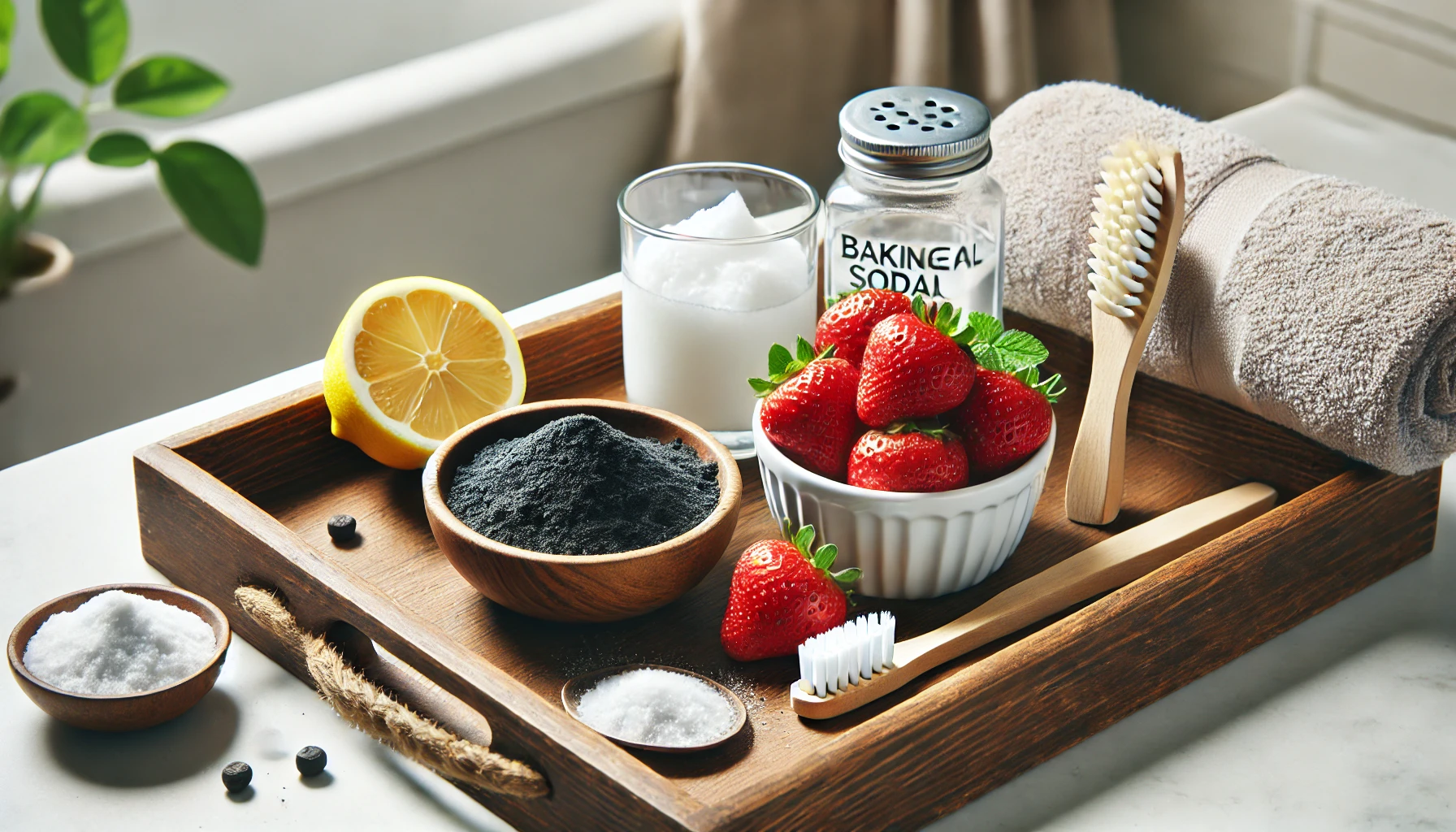
Along with bicarbonate of soda, there are several other natural remedies that effectively whiten teeth while also promoting overall oral health. Many individuals choose these natural solutions for teeth whitening, as they offer alternatives to commercial products.
Methods such as oil pulling, activated charcoal, and apple cider vinegar have become increasingly popular due to their unique properties and perceived benefits for oral care. These remedies can be valuable additions to a comprehensive teeth care routine.
1. Oil Pulling
Oil pulling is an ancient practice rooted in Ayurveda that involves swishing oil, typically coconut or sesame oil, in the mouth to promote oral health and whiten teeth. Proponents of this natural remedy assert that it can help reduce plaque, freshen breath, and effectively combat teeth stains, offering a holistic approach to dental care.
By fostering better oral hygiene, oil pulling can serve as a valuable addition to one’s teeth whitening regimen.
This traditional technique not only aids in the elimination of harmful bacteria but also contributes to overall wellness by creating a balanced environment in the mouth. Engaging in oil pulling for 15 to 20 minutes each day can significantly lower the risk of gum disease and cavities, making it an excellent and gentle option for those seeking alternative oral care solutions.
Incorporating this method into a regular hygiene routine may lead to noticeable improvements in tooth brightness over time, appealing to individuals interested in natural remedies. Ultimately, oil pulling offers a straightforward yet effective way to enhance oral health while embracing a more holistic lifestyle.
2. Activated Charcoal
Activated charcoal has gained considerable popularity as an ingredient in various teeth whitening products, thanks to its adsorptive properties, which can effectively lift stains and impurities from the surface of the teeth. When applied correctly, it serves as an efficient whitening solution while also promoting overall dental hygiene by reducing oral bacteria. It is crucial to understand the proper application methods to ensure safe usage and mitigate any potential risks to tooth enamel.
This natural ingredient functions much like a magnet, binding to particles that contribute to discoloration, such as those from coffee, tea, or smoking. Many individuals appreciate the advantages of incorporating activated charcoal into their dental routines, as it offers a holistic approach to oral care. It is commonly found in toothpaste and powders, providing a more environmentally friendly alternative to synthetic whiteners.
However, it is important for users to be mindful of potential concerns, including the risk of overuse, which could result in enamel erosion or increased sensitivity. Therefore, moderation is key, and seeking professional advice is recommended when integrating activated charcoal into a teeth whitening regimen.
3. Apple Cider Vinegar
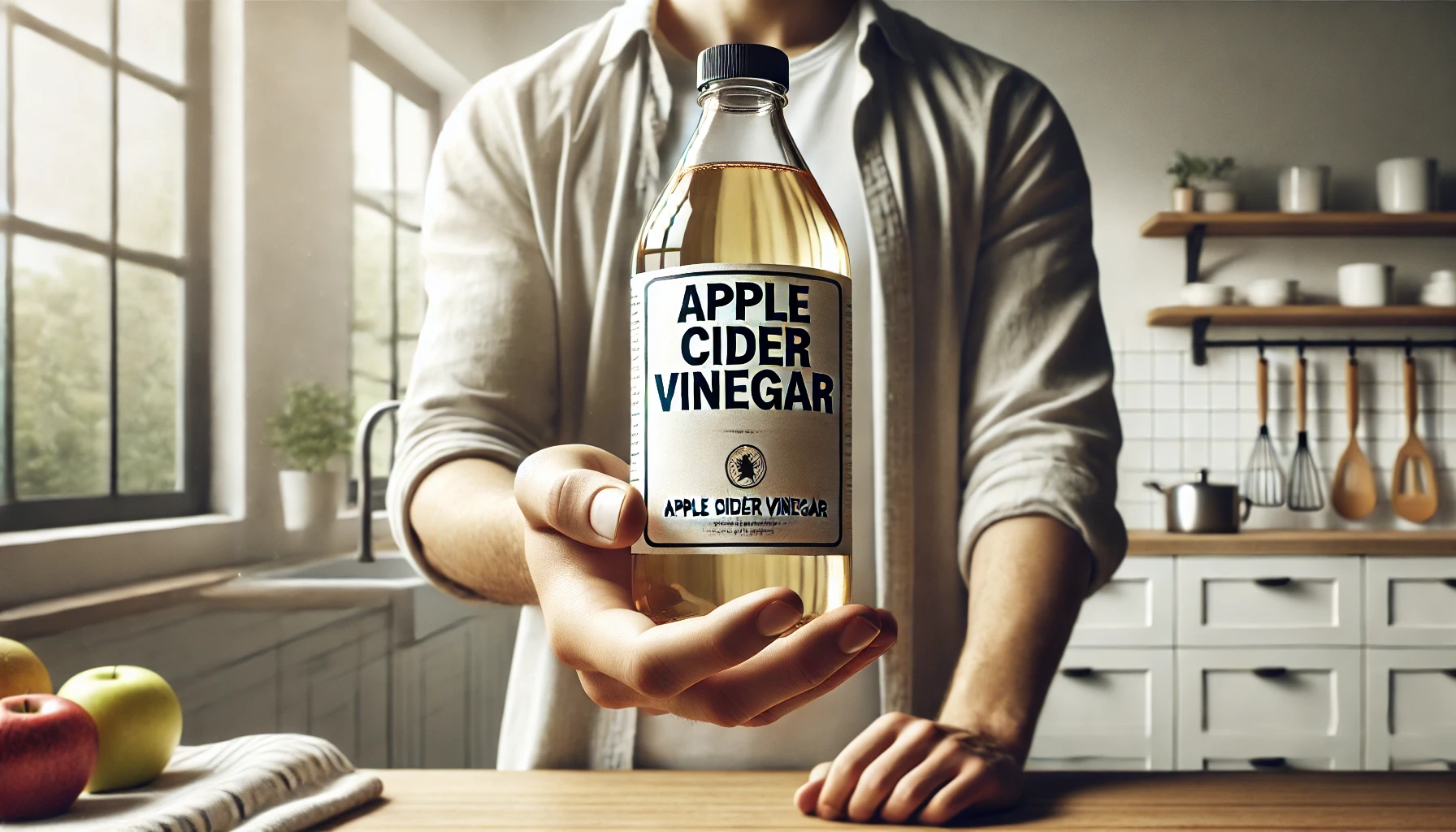
Apple cider vinegar (ACV) is frequently praised for its natural whitening properties, attributed to its ability to dissolve stains and enhance oral health due to its acetic acid content. Many individuals choose to incorporate ACV into their dental care routines, often using it as a mouthwash or mixing it with water for a refreshing rinse that helps remove surface stains.
However, it is essential to exercise caution, as excessive acidity can pose risks to enamel safety.
While this natural solution has gained considerable popularity, it is important to carefully consider both its advantages and limitations. The antibacterial and antifungal properties of ACV can contribute to healthier gums and fresher breath, thereby promoting an overall improved oral environment.
Users must remain aware that overuse or applying it undiluted can lead to enamel erosion, which may result in increased tooth sensitivity or decay. Striking a balance by pairing ACV with other gentle whitening methods, such as bicarbonate of soda or activated charcoal, can offer a more comprehensive approach to maintaining oral health and achieving that bright smile.
How Effective is Baking Soda for Teeth Whitening?
The effectiveness of bicarbonate of soda for teeth whitening is well-documented, supported by numerous studies and a wealth of user reviews that demonstrate its ability to brighten smiles effectively.
Many clinical studies have emphasised its abrasive properties, which help lift stains, making it a preferred choice for individuals looking for budget-friendly and natural whitening solutions.
Users often share their positive experiences with bicarbonate of soda as part of their dental care routines, further solidifying its reputation as a reliable method for achieving a whiter smile.
1. Research Studies
Numerous research studies have explored the whitening effectiveness of bicarbonate of soda, demonstrating its ability to lift tooth stains while maintaining enamel safety. Clinical findings indicate that bicarbonate of soda can be a valuable ingredient in homemade whitening treatments, offering a safe alternative to commercial products.
This evidence supports its incorporation into a regular dental care routine, encouraging individuals to consider natural solutions for aesthetic improvements.
In fact, many studies emphasise that the mildly abrasive quality of bicarbonate of soda can effectively address surface stains caused by coffee, tea, and other commonly consumed foods. Additionally, the alkalinity of bicarbonate of soda not only helps neutralise acids in the mouth but also contributes to a healthier overall oral environment, further enhancing its role in whitening.
As more individuals seek safer, less chemical-laden options for dental care, the clinical evidence regarding the whitening effectiveness of bicarbonate of soda remains particularly relevant and enableing for those aiming to enhance their smiles naturally.
2. Personal Experiences
Personal experiences and user reviews significantly influence how people perceive the effectiveness of bicarbonate of soda for teeth whitening. Many individuals share their success stories online, demonstrating how incorporating bicarbonate of soda into their oral care routines has resulted in noticeable improvements in the brightness of their smiles and overall dental health.
This shared feedback often motivates others who are in search of cost-effective and natural whitening solutions.
Users frequently recount their initial scepticism but ultimately decided to give bicarbonate of soda a try after coming across numerous testimonials praising its stain-removing properties. For some, the transition to using bicarbonate of soda was straightforward; they simply began mixing it with water or adding it to their toothpaste, and soon noticed a reduction in discolouration along with improved oral hygiene.
Testimonials often highlight the increase in confidence that accompanies a brighter smile, reinforcing the perception of bicarbonate of soda as a viable alternative to more expensive whitening treatments. These shared experiences not only encourage others to experiment with this method but also foster a sense of community centred around exchanging tips and sharing results.
How to Use Baking Soda for Teeth Whitening?
Utilising baking soda for teeth whitening is a straightforward and effective approach, but it is important to follow proper application methods to ensure safety and achieve the best results.
Many individuals include baking soda in their dental care routines by preparing DIY pastes or combining it with other natural ingredients to amplify its whitening effects.
Knowing how to use baking soda correctly is essential for obtaining the desired outcomes while protecting the integrity of tooth enamel.
1. Baking Soda and Water Paste
Creating a bicarbonate of soda and water paste is among the simplest and most effective methods for whitening teeth at home. By combining equal parts of bicarbonate of soda with water, you can form a thick paste that can be gently applied to your teeth using a toothbrush or your fingers. This approach allows you to take advantage of the natural whitening properties of bicarbonate of soda while prioritising the safety of your enamel.
To enhance the results, it is helpful to leave the paste on your teeth for a few minutes. This gives the bicarbonate of soda time to break down any stains effectively. When applying the mixture, it is advisable to concentrate on areas that are more susceptible to discolouration, such as the front teeth. Using gentle circular motions will help avoid any potential damage to the enamel.
It is crucial to use this treatment no more than once or twice a week to prevent over-exposure and to maintain the health of your gums. By incorporating this paste into your oral care routine, along with regular dental hygiene practices, you can achieve a brighter, more confident smile.
2. Baking Soda and Lemon Juice Paste
A paste made from bicarbonate of soda and lemon juice can significantly enhance the effectiveness of teeth whitening, owing to the natural bleaching properties of lemon juice. By combining these two ingredients, you create a powerful mixture capable of tackling stains and brightening teeth.
However, it is important to use this paste sparingly because the acidity of lemon juice can pose risks to enamel safety if overused.
To prepare this mixture, you simply need to combine one tablespoon of bicarbonate of soda with enough lemon juice to create a paste that has a balanced consistency, making it easy to apply.
When applying the paste, it is advisable to do so gently and limit its use to once a week to prevent any potential damage to the enamel. This approach allows for effective stain removal while protecting dental health.
Since both components work synergistically, you are likely to notice brighter teeth after just a few applications. Yet, moderation is essential to reap the benefits without compromising the integrity of your teeth.
3. Baking Soda and Hydrogen Peroxide Paste
A paste made from bicarbonate of soda and hydrogen peroxide is well-regarded for its effective whitening properties, making it a popular option in many DIY teeth whitening routines. By combining these two powerful ingredients, one can create a potent paste that not only aids in lifting stains but also contributes to overall oral hygiene. It is essential to use this mixture correctly in order to maximise its benefits while minimising any potential side effects.
To prepare this whitening paste, begin by mixing two tablespoons of bicarbonate of soda with one tablespoon of hydrogen peroxide until you achieve a smooth consistency.
- Once the paste is ready, apply it gently to your teeth using a soft toothbrush or your fingertip, ensuring that you cover the surface evenly.
- For optimal results, it is advisable to limit this treatment to two or three times a week to avoid potential enamel damage.
- Additionally, rinsing thoroughly with water afterwards is crucial to remove any residue.
While this method can certainly enhance your smile, it is also important to complement your routine with regular dental check-ups and proper brushing to maintain healthy teeth.
Are There Any Precautions When Using Baking Soda for Teeth Whitening?
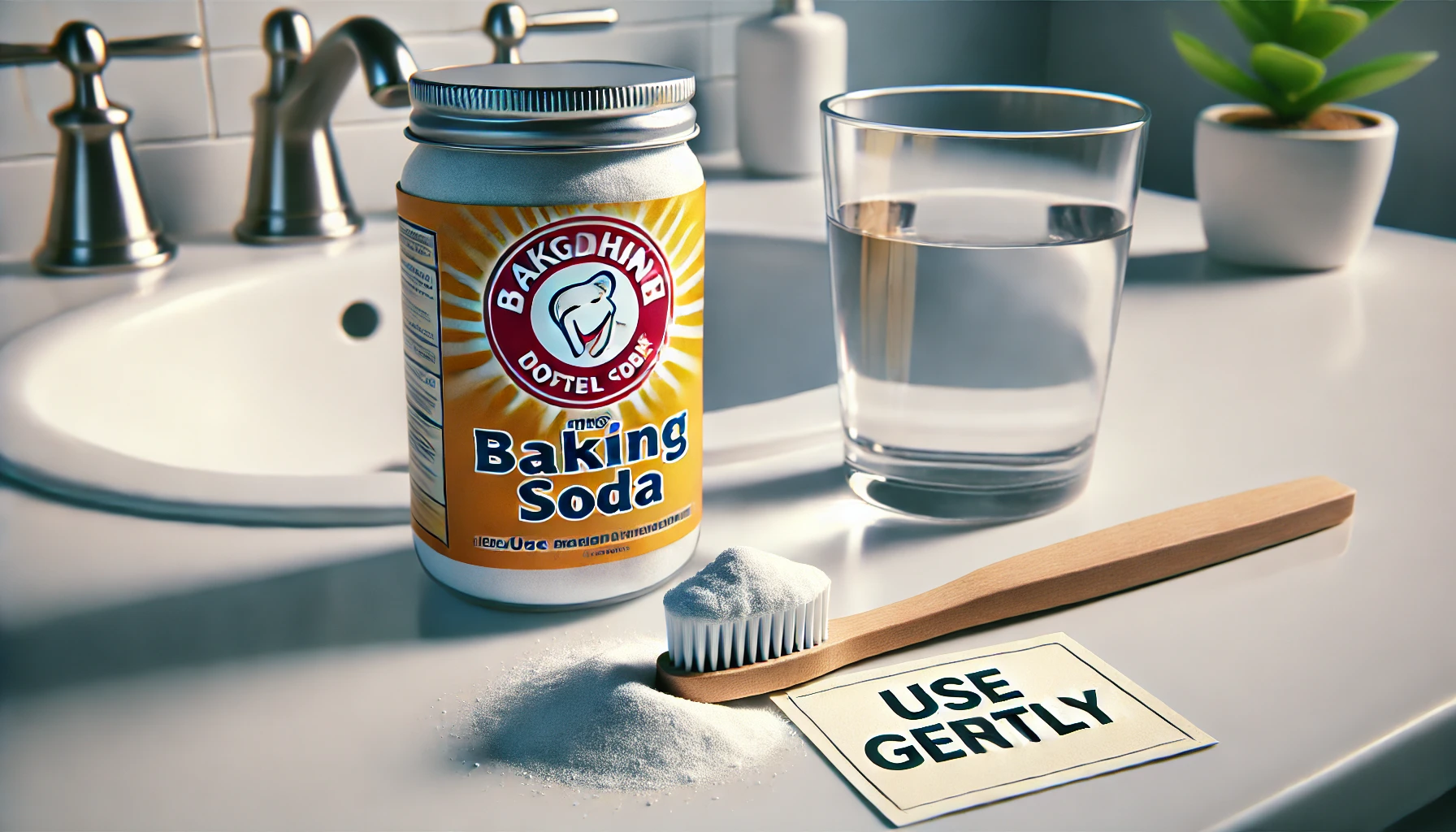
Bicarbonate of soda is generally regarded as a safe option for teeth whitening; however, it is important to consider certain precautions to ensure both its effectiveness and your dental health.
Knowing how to use bicarbonate of soda properly is essential in order to avoid potential issues with enamel safety and to minimise any side effects related to whitening.
By following safe usage practices, one can enjoy the benefits of this natural remedy while also reducing any health risks that may arise from its use.
1. Do Not Overuse
One of the most important precautions to consider when using baking soda for teeth whitening is to avoid overuse. Excessive application can lead to dental sensitivity and enamel wear. It is essential to limit the frequency of use and keep an eye on how your teeth and gums respond to ensure that your dental health remains intact.
Striking a balance between the benefits of whitening and the need for enamel safety is crucial.
While many people may find baking soda to be an effective option for achieving a brighter smile, it is important to understand that moderation is vital in order to avoid potential problems. Overusing this abrasive substance can strip away the protective enamel layer, making teeth more vulnerable to cavities and sensitivity.
Those who might be tempted to use it frequently should recognise that enamel wear can result in long-term damage, which may require professional dental intervention.
Therefore, incorporating other gentle whitening methods into your routine can help maintain both your aesthetic goals and overall oral health.
2. Rinse Thoroughly
After using bicarbonate of soda for teeth whitening, it is important to rinse thoroughly to eliminate any leftover paste and avoid potential irritation to the oral tissues. Proper rinsing not only supports overall oral hygiene but also ensures that any abrasive particles that may remain do not contribute to enamel wear or gum issues.
Incorporating this step into your dental care routine is essential for achieving the best results.
By rinsing well, individuals can effectively wash away alkaline residues that can disturb the pH balance in the mouth, which is crucial for preventing harmful bacteria from thriving.
This practice also aids in removing any staining agents that may linger on the teeth, thereby enhancing the whitening effects of bicarbonate of soda. Additionally, maintaining a clean oral environment promotes fresher breath and reduces the risk of tartar build-up, which contributes to long-term dental health.
Ultimately, thorough rinsing elevates the experience of using bicarbonate of soda, making it a more beneficial part of one’s oral care regime.
3. Consult with a Dentist
Before beginning any teeth whitening regimen with bicarbonate of soda, it is prudent to consult with a dentist for professional advice that is tailored to your specific dental health needs. A dental professional can offer valuable insights into the safe usage of bicarbonate of soda, potential risks, and how its effectiveness compares to other whitening methods, ensuring you make informed choices for your oral care routine.
A dentist can evaluate the condition of your teeth and gums, helping to identify any underlying issues that may impact the success of the bicarbonate of soda treatment. Personalised recommendations are particularly beneficial, as individuals often experience varying levels of sensitivity and different staining patterns.
Additionally, dentists can advise on the appropriate frequency of use to prevent enamel erosion and suggest complementary products that may enhance the whitening process. Adopting this proactive approach not only improves the appearance of your smile but also supports your overall dental health, fostering healthier habits and yielding better long-term outcomes.
Frequently Asked Questions
Can natural remedies like baking soda whiten teeth effectively?
Yes, baking soda has natural whitening properties that can effectively remove stains and discoloration from teeth.
How does baking soda whiten teeth?
Baking soda is alkaline and has a mild abrasive texture, which helps to scrub away surface stains on teeth and reveal a brighter, whiter smile.
Is baking soda safe to use on teeth?
Yes, baking soda is a safe and natural alternative to commercial teeth whitening products. However, it is important to use it in moderation and not too frequently, as it can also erode the enamel on your teeth.
Can I use baking soda to replace my regular toothpaste?
It is not recommended to use baking soda as your only toothpaste. Baking soda does not contain fluoride, which is important for preventing tooth decay. It is best to use it in combination with a fluoride toothpaste for optimal oral health.
How often should I use baking soda to whiten my teeth?
It is recommended to use baking soda as a teeth whitening treatment no more than once a week. Using it too frequently can damage the enamel on your teeth and lead to sensitivity.
Are there any risks or side effects of using baking soda to whiten teeth?
If used in moderation, baking soda is generally safe to use on teeth. However, overuse can lead to enamel erosion and increased sensitivity. It is important to consult with a dentist before using baking soda as a whitening treatment.





